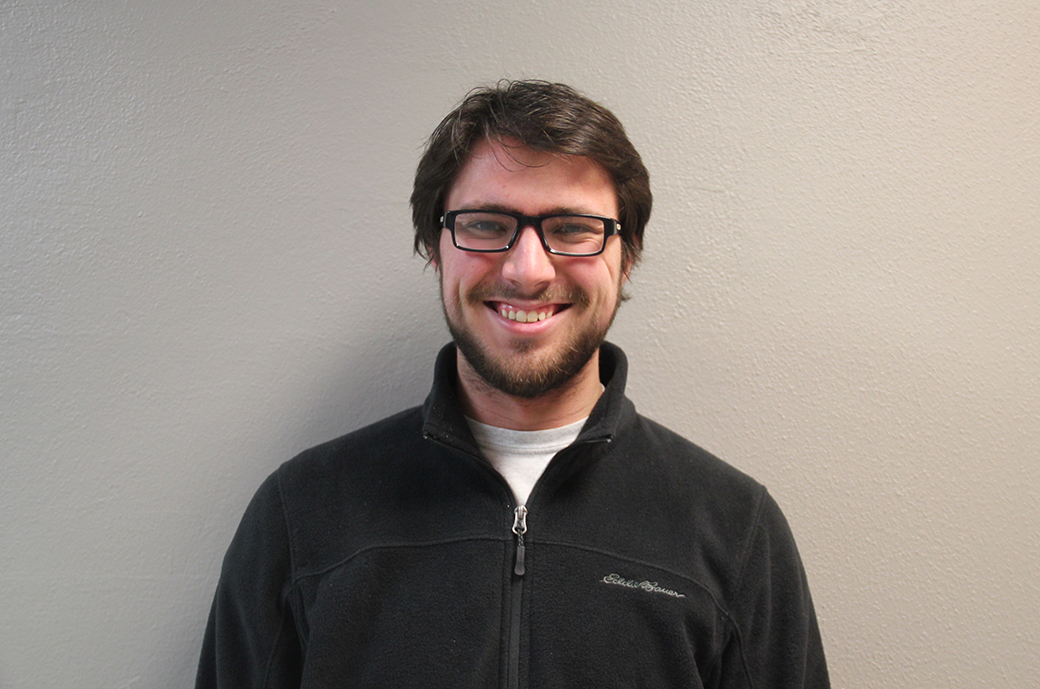
Law School proves skeptics wrong
It never fails to astonish me how panic is so often exaggerated. The most recent example is USD’s law school.
It was not long ago when the law school was mocked, even ridiculed for its performance.
Declining bar passage rates caused concern among students and staff. There were murmurs the school would lose its accreditation. The passage rate, combined with other worries, became so much a task force was created to consider moving the law school to Sioux Falls. Ultimately, the law school was to remain at home in Vermillion.
And yet, alas, things are turning around. The bar passage rate has surged to 82 percent. Enrollment is up 22 percent; average LSAT score is up 3 points; diversity jumped from 3 percent to 14 percent. Do these numbers represent a struggling school? Most certainly not. The don’t even represent a static school. They represent a flourishing institution, one that intends to grow and improve.
Furthermore, besides seeing an increase in these categories, law school alumni have been making quite a name for the school. Attorney General Marty Jackley won a contentious case, Wayfair v. South Dakota, before the US Supreme Court. Another alumnus, Mark Salter, was just appointed to the South Dakota Supreme Court. Anyone doubting the quality of the education at the law school need only look at these examples and conclude that our law school is doing more than okay—it is doing great. For a small law school to claim victory in the Supreme Court is no small feat. Clearly, the education at USD is more than enough to compete with the top dogs from Harvard or Yale, let alone to lead the legal world in South Dakota.
While these accolades are fantastic, there is a greater lesson to be learned. Simply put: there are ups and downs to any successful institution, even our law school. Just because there were a few down years is no cause or reason to forfeit support or belief in the law school. There are smart people working at USD, and a few slump years are no reason to begin writing the law school’s eulogy.
Times change, just like in the recession of 2008, and those changes take time, even close to a decade, to work through. New techniques may be required. New classes may need to be scheduled. But in the end, things will come out alright. And dare I say, they seem to be coming out more than just “alright.” A Supreme Court win and a Supreme Court Justice are more than “alright”—they are some of the finest achievements a school could work for. These graduates may have graduated a while ago, but to think that the law school offers only a mediocre education is far from reality.
So, the next time things appear to be looking down, don’t rush to conclusions, let alone planning an institution’s funeral. Perhaps the med school will see some tough years ahead. Perhaps USD as a whole will see some decline in the next couple decades. In those instances, it is important to remember that these are still human institutions, and thus cannot plan for all possible situations.
Economic and cultural factors are out the control of a dean or a university president, but they do the best they can to adapt in a changing environment. As it would appear, the law school has done a good job of adapting. Maybe the doubters, who at times almost seemed pleased to see the law school struggling, would be less premature to jump to conclusions the next time things become difficult. At the very least, they wouldn’t be proven wrong a second time.
